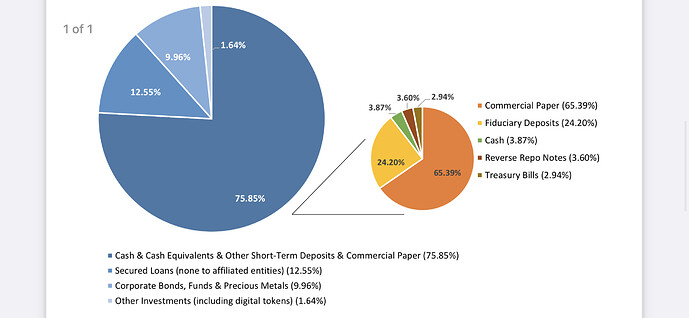Thanks brother, and I haven’t said it yet Love You man!!!
Let’s Start - Greed!
The driving factor, in any Utopia, behind financial systems ought to be enabling of barter, distribution of equal opportunity for success, basic transaction, enabling of emergency or reasonably proportioned credit, etc.etc. resulting in survival, prosperity and growth. After all we don’t know if the saviour genius with answers to 90% of our issues is going to be born in which economically deprived geographic region… Instead, the driving force, behind most financial systems is greed. While accepting that “greed is bad” we are all willing participants of the system for the rewards it offers (with its hosts of associated risks), in order to compete for a future advantage. (The price we pay in the process is also something we fail to consider because it is divided into smaller more affordable pieces - running out the resources of the future). The whole crypto phenomenon wanted to provide a solution of decentralisation, better equality, and less of the supposed “evil” that it is battling. The problem of crypto starts at the beginning of it and at the end - the end I will discuss. In the end it is evaluated in Dollars $, those looking to exit the system eventually want dollars, but guess what, when the market cap of crypto goes up by $1 trillion in valuation, there just isn’t that kind of Dollars in existence. So there exists a fundamental flaw in the philosophy of crypto for having tied itself to a single currency. That allows for the corruption, the ponsyscheme, the fraud. They could have just as easily pegged itself to a combined basket of gold, silver and a host of stable currency disabling 100% encashment. But since crypto allows for encashment in a specific currency, it is very easy to corrupt. The US dollar is itself measured on an index where its value is compared to a basket of 6 of the most stable currencies in the world.
So how do we all get here - Greed! - it is the greed that allows for the masses to flock to hyper-aggressive trading of digital assets, for which if you were to request financial models of valuation on paper, would fail to provide. That’s why I call it fairydust - just because they say that something they hold in lock and key and daily trade is worth more than a potted plant, doesn’t really make it so for there has to be documented established verified proof which should be available as openly for verification by parties with vested interest as the opensource code. But that’s not there, heck 98-99% of holders of crypto will not be able to agree to which wallet account is most secured and safe. Yet, they do this, and why? Greed! And it is established that “greed is bad” and that we are willing participants.
So to cut it short, I personally have 0 faith in 99% of crypto, the only thing I had a little faith in was the IoT model whereby you earn units for being a service provider within the network and you spend the units within the network or trade it within other IoT network where every individual IoT coin is measured against an uncashable basket of anything, I say anything but CASH! I am checking out the Chia network even though I don’t agree with it on it’s marketing promises (since I am old enough to be used to the fact that you will never get to buy a perfect phone, and when they are selling something at times the product is far from it - the case of Chia). Don’t get me wrong I am not perfect, I am willing participant to the degree that I will stick around for a couple of phases of evolution to see the product develop having real life applications - let’s call it PoA - proof of application, a new validation, valuation system for all crypto and a shift away from cashable fiat! Apologies for stepping on any toes…
P. S. I don’t agree with Chia because it is fundamentally trying to leverage an already aggravated semiconductors market - how can they do it so easily? The deregulated internet space allows them to develop a protocol to do just that. You will see Chia break $5000 marker in no time. Can you buy Chia? No! Can you realistically dependably earn Chia? No! With being as involved as you are with Chia, will you get paid? I will let you guess the answer to that question… And neither will you get to meet the winners…I may not agree with it but, I am not against this at all - if someone can run the biggest heist of the century and get away with it, then guess what, they deserve every penny of it as justifiably earned white collar income!
If I am also correct in my hunch the crypto market has no more than 18 months of exit window before it comes crashing down again and we reset for new development cycle…this time perhaps with integrated regulations…
 out of me!
out of me!